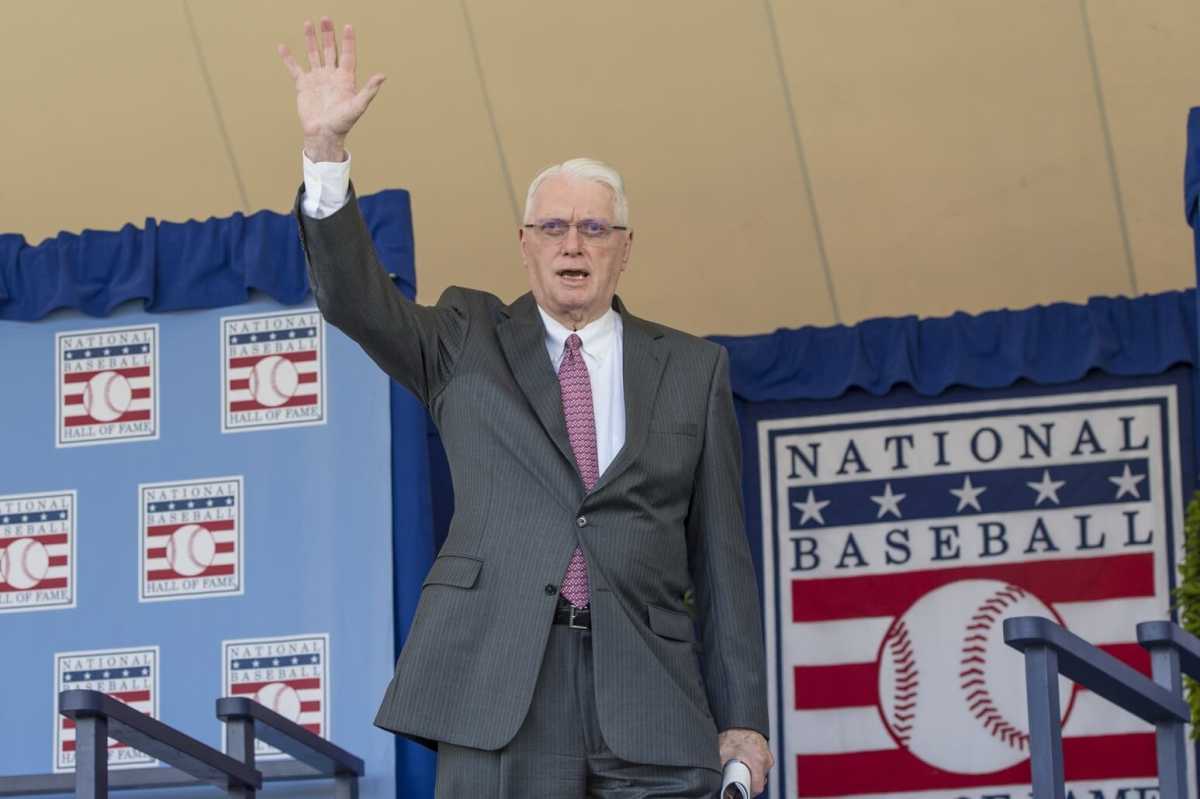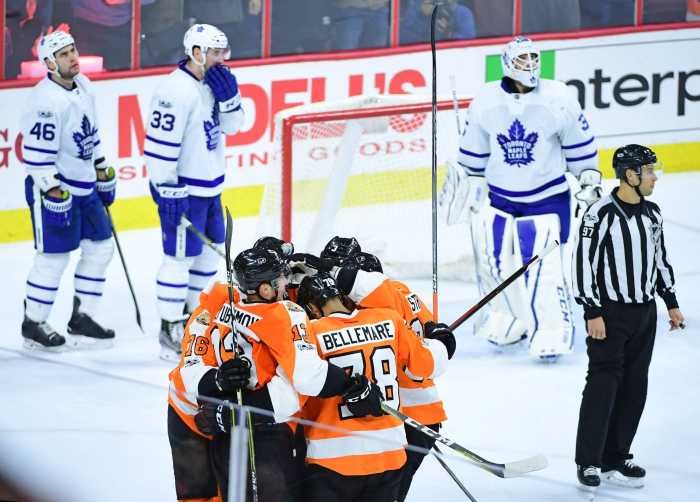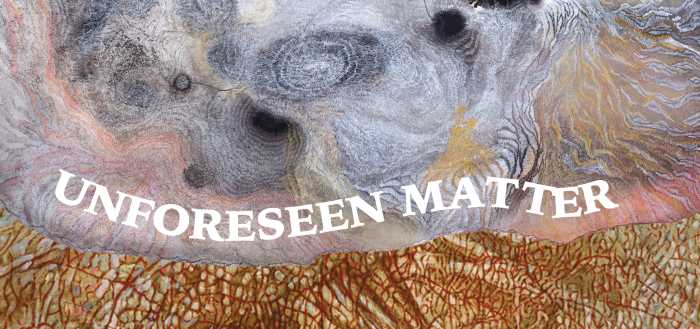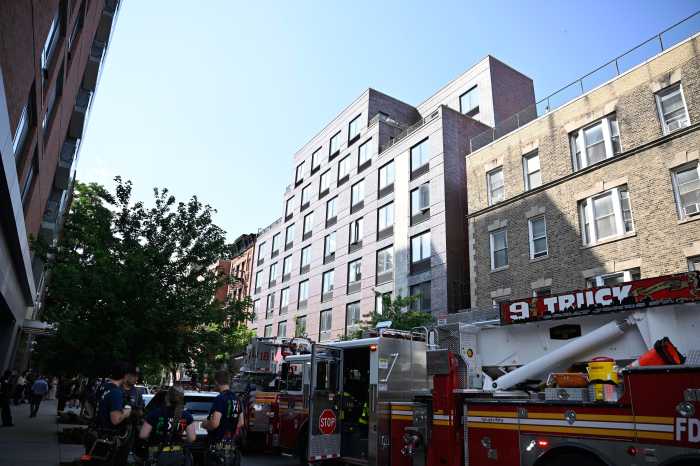Yesterday, the Phillies and Todd Zolecki announced the passing of Phillies’ great and Hall of Famer Jim Bunning. Bunning’s career spanned 17 seasons, six of which he played in Philadelphia. The other 11 were spent primarily in Detroit, with stops in Pittsburgh and Los Angeles as well.
Bunning compiled an impressive list of accomplishments on his way to enshrinement in Cooperstown, including 224 career wins, a 3.27 career ERA and seven All-Star appearances, three of which came as a member of the Phillies.
Bunning started his illustrious career as a Detroit Tiger in 1955 as a 23-year-old, and two years later won 20 games, picking up 14 complete games in the process. He spent nine seasons in total with the Tigers before being traded to the Phillies in the 1963 Winter Meetings, along with Gus Triandos for Dom Demeter and Jack Hamilton.
It didn’t take long for Bunning to have an impact with the Phillies, as he was 6-2 in his first eight decisions before the most memorable outing of his career. Bunning took the mound for the first of two games that day in New York as the Phillies and Mets were set to square off. He made quick work of Mets’ hitters, striking out 10 over the course of the day, including the final two hitters in the ninth inning. The perfect game was the first since Don Larson’s in the 1956 World Series and the first in the regular season since White Sox Charlie Robertson did it back in 1922. To date the feat even more, it was the first Phillies’ no-hitter since Johnny Lush blanked the Brooklyn Superbas all the way back in 1906. Bunning also had a very productive day at the plate, picking up a double and driving in two of the Phillies’ six runs. By the way, the catcher for this game: None other than Gus Triandos, Bunning’s trade mate.
The perfect game was Bunning’s second career no-hitters, but his first perfection.
Many of you know what happened that day, but there may be an underlying stat that’s the most impressive of Bunning’s perfect game outing. On that late June day in 1964, Jim Bunning retired 27 hitters on, get this, 89 pitches! I truly wish I could capitalize numbers because that 89 doesn’t do the astonishment justice. Think about that feat this way: Bunning struck out 10 that day. At a minimum, that is 30 pitches. He also retired 17 other hitters. Even if they all went down on one pitch, that’s 47 total pitches now. That means that Bunning threw just 42 more pitches throughout the day that weren’t either strikes or out pitches. The most pitches Bunning threw to a single batter was seven to Hawk Taylor in the bottom of the eighth. He threw 13 pitches in an inning twice that day, in the fourth and again in the ninth. That was the most in any inning he tossed. To counteract that, Bunning threw eight pitches in the first and third, six in the fifth and seven in the sixth. Talk about efficiency.
The game lasted two hours and 19 minutes, and it likely was elongated due to the fact that the Phillies scored six runs that day. Imagine if it was a 1-0 or 2-0 game. It likely would have taken less than two hours to complete.
Of course Jim Bunning will be remembered primarily for his perfect game on that day in June, 1964, but he should equally be remembered as a fantastically consistent pitcher, who won double digit games in 12 of 13 seasons from 1957-1969, winning at least 17 games eight times over that stretch. He also became the first modern-era pitcher to win more than 100 games in both leagues and the second to strikeout at least 1,000 in each. Bunning will be remembered as a fierce competitor and someone who jokingly broke the unspoken rules of pitching when you’re in the midst of a no-hitter by openly talking about it.
Bunning was 85.
Mandatory Credit: Gregory J. Fisher-USA TODAY Sports




























